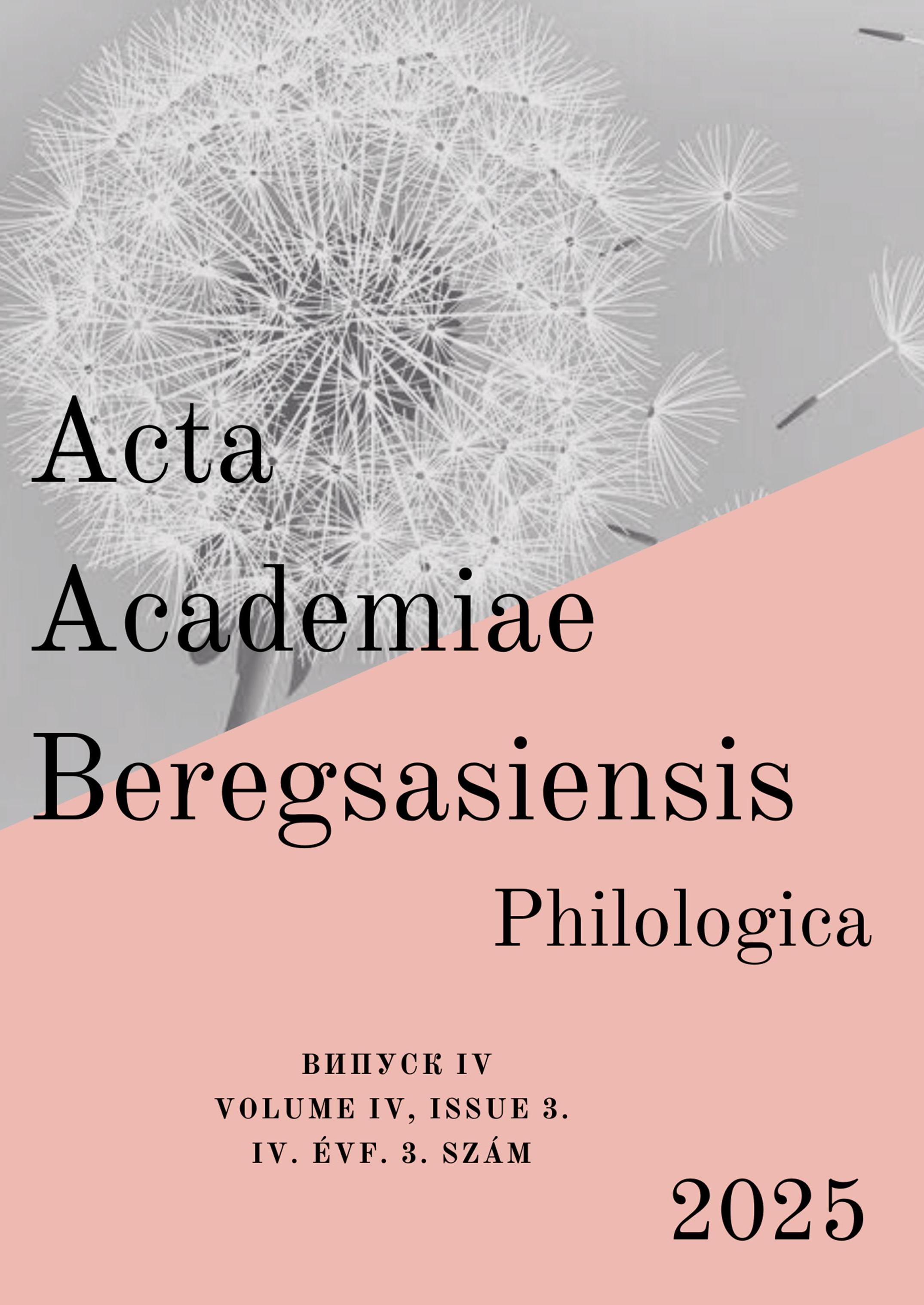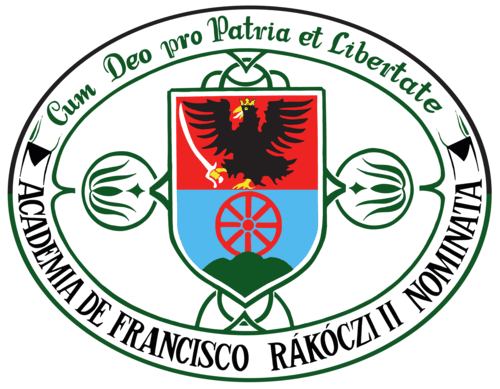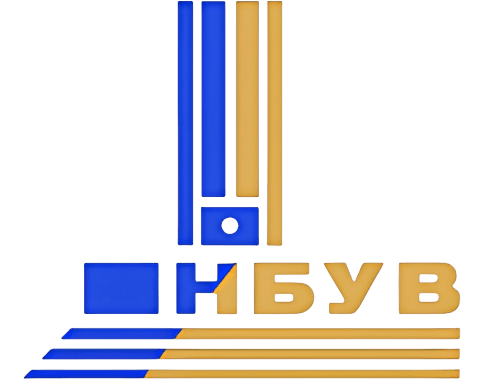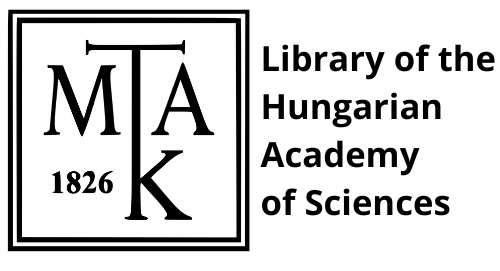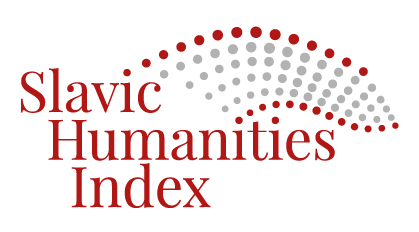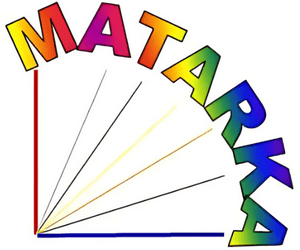New approaches to teaching and marking pronunciation while teaching English: prosody, multimodality and technologies
DOI:
https://doi.org/10.58423/2786-6726/2025-3-158-172Keywords:
pronunciation, prosody, intonation, interlanguage interference, communicative competence, multimodal technologies, assessment in phoneticsAbstract
The objective of the present paper is to provide a comprehensive analysis of innovative approaches to the teaching and assessment of English as a foreign language pronunciation in the context of the digital transformation of education. The paper focuses on the following key aspects: prosodic features of spoken language; the role of intonation in ensuring communicative intelligibility; strategies for overcoming interlanguage interference; the integration of multimodal and computer-assisted technologies into phonetics teaching practices The research methodology is based on an interdisciplinary approach that combines methods of contemporary linguistic analysis with empirical and experimental research in the fields of phonetics, pedagogy, and computational linguistics. It also incorporates an analysis of authentic pedagogical practices of both Ukrainian and international educators. The study employs a multifaceted framework that includes functional-communicative, systemic, and cognitive analysis, complemented by corpus phonetics and digital speech visualisation techniques. This comprehensive methodology ensures an in-depth examination of the components that constitute pronunciation competence. The scientific novelty of this approach lies in the structured synthesis of prosodic, cognitive-didactic, technical, and pedagogical perspectives on the development of intonational expressiveness and fluency. The article proposes a new model for integrating prosody into communicative-oriented teaching, emphasising the principle of functional intelligibility over the pursuit of native-like pronunciation. The results of Ukrainian research involving tongue twisters, intonation visualisers, automated assessment systems, and multimodal platforms are introduced into scientific circulation. In conclusion, pronunciation is widely recognised as a component not only of a speaker’s phonetic competence but also of their socio-communicative competence. Effective pronunciation instruction requires a balanced integration of segmental and suprasegmental features, an individualised approach, intersensory interaction, and digital support. Promising directions for further research include the development of adaptive digital learning environments, the expansion of phonetic corpora of student speech, the formalisation of comprehensibility criteria, and the creation of multimodal teaching materials.
References
1. Ackerley, K. – Coccetta, F. 2007. Multimodality in an online English course. In: Baldry, A. – Montagna, E. eds. Interdisciplinary Perspectives on Multimodality: Theory and Practice. Proceedings of the Third International Conference on Multimodality. Campobasso: Palladino, pp. 552–570.
2. Anderson-Hsieh, J. 1989. Approaches toward teaching pronunciation: a brief history. Cross Currents 16/2: pp. 73–78.
3. Baldry, A. – Thibault, P. J. 2006. Multimodal Transcription and Text Analysis: A Multimodal Toolkit and Coursebook with Associated Online Course. London–New York: Equinox.
4. Beckman, M. E. – Elam, G. A. 1997. Guidelines for ToBI Labelling (Version 3.0, March 1997). https://www.ling.ohio-state.edu/research/phonetics/E_ToBI/ (Accessed: 01.09.2025).
5. Bernstein, J. 1997. Automatic spoken language assessment by telephone (Technical Report No. 5-97). Menlo Park, CA: Entropic Inc.
6. Bradford, B. 1992. Intonation in Context. Cambridge: Cambridge University Press.
7. Celce-Murcia, M. – Brinton, D. M. – Goodwin, J. M. 2010. Teaching Pronunciation: A Course Book and Reference Guide (2nd ed.). Cambridge: Cambridge University Press.
8. Chun, D. M. 2002. Discourse Intonation in L2: From Theory and Research to Practice. Amsterdam: John Benjamins.
9. Couper, G. 2017. Teacher cognition of pronunciation teaching: teachers’ concerns and issues. TESOL Quarterly 51/4: pp. 820–843.
10. Derwing, T. M. – Munro, M. J. 2001. What speaking rates do non-native listeners prefer? Applied Linguistics 22/3: pp. 324–337. https://doi.org/10.1093/applin/22.3.324
11. Derwing, T. M. – Munro, M. J. 2005. Second language accent and pronunciation teaching: A research-based approach. TESOL Quarterly 39/3: pp. 379–397. https://doi.org/10.2307/3588486
12. Foote, J. A. – McDonough, K. 2017. Using shadowing with mobile technology to improve L2 pronunciation. Journal of Second Language Pronunciation 3/1: pp. 34–56. https://doi.org/10.1075/jslp.3.1.02foo
13. Hardison, D. M. 2004. Generalization of computer-assisted prosody training: quantitative and qualitative findings. Language Learning & Technology 8/1: pp. 34–52.
14. Kipp, M. 2003. Gesture Generation by Imitation. From Human Behavior to Computer Character Animation. Dissertation. Saarbrücken: Saarland University.
15. Lambacher, S. 1996. Teaching English pronunciation using a computer visual display. Paper presented at the IATEFL 29th International Annual Conference, York, England.
16. Lysenko, K. – Nesterenko, N. 2024. Pronunciation perils: overcoming phonetic interference in language learning. Grail of Science 39: pp. 386–392. https://doi.org/10.36074/grail-of-science.10.05.2024.059
17. Massaro, D. W. 2006a. A computer-animated tutor for language learning: Research and applications. In: Spencer, P. E. – Marschark, M. eds. Advances in the Spoken Language Development of Deaf and Hard-of-Hearing Children. New York, NY: Oxford University Press, pp. 153–189.
18. Massaro, D. W. 2006b. The psychology and technology of talking heads: applications in language learning. In: Bernsen, O. – Dybkjær, L. – van Kuppevelt, J. eds. Natural, Intelligent and Effective Interaction in Multimodal Dialogue Systems. Dordrecht: Kluwer Academic Publishers, pp. 183–214.
19. Morley, J. 1991. The pronunciation component in teaching English to speakers of other languages. TESOL Quarterly 25/3: pp. 481–520.
20. Nouza, J. 1999. Computer-aided spoken-language training with enhanced visual and auditory feedback. In: Proceedings of Eurospeech ’99, the 6th European Conference on Speech Communication and Technology. Budapest, pp. 183–186.
21. Saito, K. 2012. Effects of instruction on L2 pronunciation development: a synthesis of 15 quasi-experimental studies. TESOL Quarterly 46/4: pp. 842–854. https://doi.org/10.1002/tesq.67
22. Saito, K. – Lyster, R. 2012. Effects of form-focused instruction and corrective feedback on L2 pronunciation development of /ɹ/ by Japanese learners of English. Language Learning 62/2: pp. 595–633. https://doi.org/10.1111/j.1467-9922.2011.00639.x
23. Spaai, G. W. G. – Hermes, D. J. 1993. A visual display for the teaching of intonation. CALICO Journal 10/3: pp. 19–30.
24. Stibbard, R. 1996. Teaching English intonation with a visual display of fundamental frequency. The Internet TESL Journal for Teachers of English as a Second Language 2/8. http://iteslj.org/Articles/Stibbard-Intonation/ (Accessed: 01.07.2025).
25. Truong, K. – Neri, A. – Cucchiarini, C. – Strik, H. 2004. Automatic pronunciation error detection: an acoustic-phonetic approach. In: Proceedings of the InSTIL/ICALL Symposium. Venice, pp. 135–138.
26. Truong, K. – Neri, A. – de Wet, F. – Cucchiarini, C. – Strik, H. 2005. Automatic detection of frequent pronunciation errors made by L2 learners. Proceedings of Interspeech 2005 (IS2005). Lisbon, pp. 1345–1348.
27. Wennerstrom, A. 2000. The role of intonation in second language fluency. In: Riggenbach, H. ed. Perspectives on Fluency. Ann Arbor, MI: University of Michigan Press, pp. 102–127.
Downloads
Published
How to Cite
Issue
Section
License
Copyright (c) 2025 Natalia Nesterenko, Kateryna Lysenko, Anzhela Hordieieva

This work is licensed under a Creative Commons Attribution 4.0 International License.
Authors retain copyright and grant the journal the right of first publication. The work is simultaneously licensed under a Creative Commons Attribution 4.0 International License (CC BY 4.0), which permits others to share the work with appropriate credit given to the author(s) and the initial publication in this journal.
